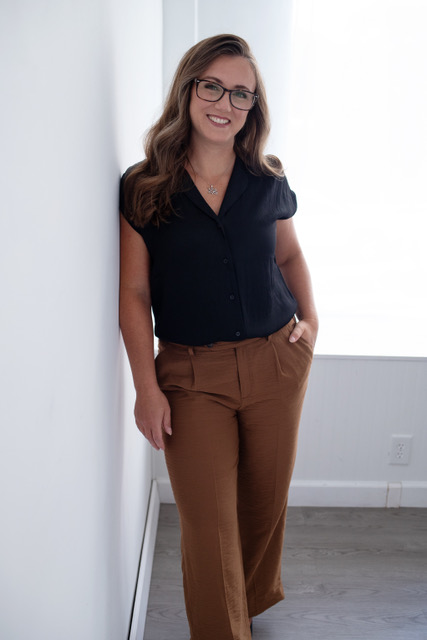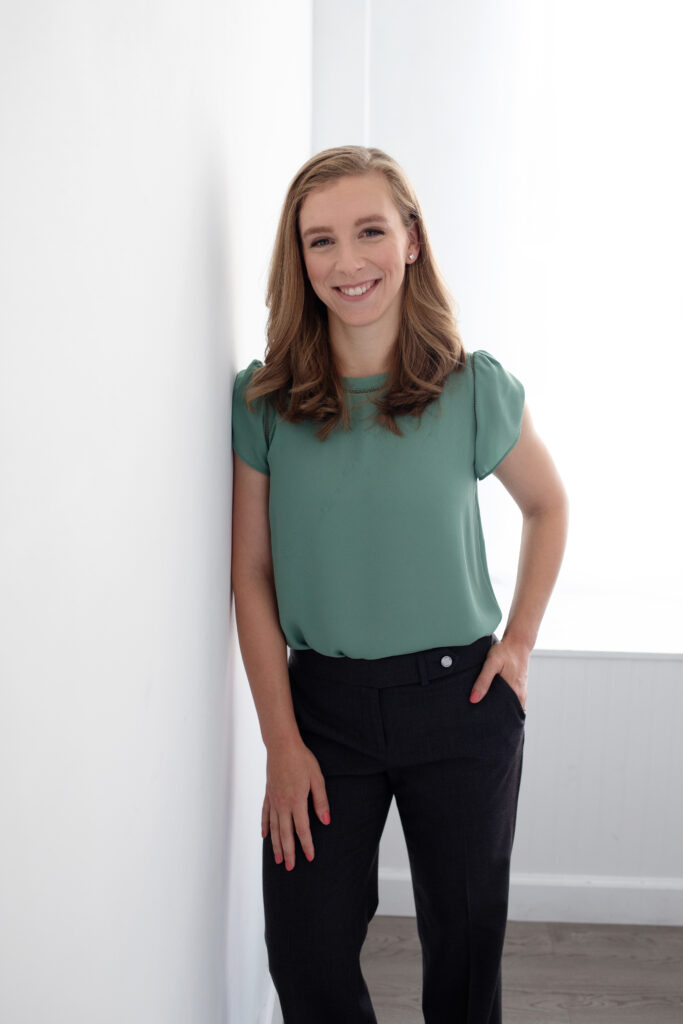When Crystal Nicholls was a dancer in The Lion King on London’s West End, she noticed herself feeling more irritable and unhappy during the fall and winter months. Simultaneously, she was dancing more than usual because of extra shows added during the holiday season.
“Our Christmas schedule was really packed, but I felt like the thing I wanted to do was hunker down, sleep more, and not go outside, and that made it really difficult to find the energy to do all those extra shows,” Nicholls remembers.
Many dancers experience an uptick in work during the winter holidays. Those with seasonal affective disorder (SAD) might also be struggling to cope during this particularly busy time. Nicholls, who is now a health and performance coach, says that despite SAD’s debilitating nature, there are many tools dancers can use to tackle their winter workload while being mindful of their mental health.
What Is Seasonal Affective Disorder?

Seasonal affective disorder is a type of depression characterized by a seasonal pattern with symptoms lasting around three to five months. SAD is typically associated with the fall and winter, but some people might feel the effects in the spring and summer, instead. According to Kristen Mackel, a licensed clinical social worker who specializes in working with athletes and creatives, individuals with SAD may experience symptoms—which can range from mild to severe—like fatigue, cognitive difficulties, changes in appetite, irritability, and a desire to isolate. If someone presents these symptoms for two years in a row, on a cyclical schedule, they typically qualify for a diagnosis.
“During the winter, you have less access to daylight. Most of us go to work when it’s dark and we come out of work when it’s dark,” Mackel says, noting that this lack of sunlight and its effects on the body’s circadian rhythm can contribute to SAD symptoms. “For dancers, it can be particularly troublesome because Nutcracker season falls right at the beginning of winter.”
Seeking Treatment
If you know you struggle with SAD, it’s important to seek treatment from a mental health professional, ideally before the seasonal change. Mackel says she typically starts creating a coping plan with clients eight to 10 weeks before the onset of symptoms. Even if you’re not sure if you fit diagnostic criteria for SAD, Mackel and her business partner, Leigh Skvarla, PhD, LPC, emphasize the importance of seeking treatment as soon as possible. “If you don’t meet full criteria for depression or for SAD, that doesn’t mean you don’t deserve mental-health care,” Skvarla says.

For some dancers struggling with SAD, she adds, winter performance season can actually act as a bolster for mood. Surrounding yourself with your colleagues at rehearsals, plus the excitement of regular performances, can assuage the symptoms of SAD. But, after closing night, depressive symptoms can emerge in full force. “If Nutcracker is the pinnacle of your season, then you might experience something similar to post-Olympic depression,” Mackel explains. “If it took all of your energy to get to rehearsal every day, and once you got there you had a support team, when Nutcracker is over, that support team fades too.”
With the help of a mental health professional, you can develop a repertoire of skills and techniques to help you cope with seasonal depression. Skvarla and Mackel say that they typically help clients build a sense of confidence and competence in their daily lives through an approach called “behavioral activation.” Clients will make a to-do list full of easily achievable tasks, like brushing teeth and dressing for the day, using the smaller tasks to build momentum to tackle bigger hurdles later on.
“If there’s something that’s more difficult later in the day, like a technique class or an audition, and you really need to feel better, we’ll stack your to-do list with these amazingly small, achievable tasks,” Mackel says.
Nicholls emphasizes the importance of self-care tools. For her, getting outside for long walks with her dog during the brightest hours of the day and planning time with loved ones are essential elements of her routine. She also recommends mindfulness skills, like checking in with your emotions through journaling. Giving yourself small things to look forward to during the winter months, like a special cup of tea in the evenings, can be helpful.
Mackel says that medication can be a helpful addition to therapy. Similarly, light therapy aims to reduce symptoms of seasonal and nonseasonal depression often triggered by a lack of exposure to sunlight.
“Breath work and yoga can also help to reduce some of the symptoms of low mood and anxiety,” says Nicholls. “These are all things you can do in conjunction with finding support.”
Spring and Summer SAD
Leigh Skvarla, PhD, LPC, who co-founded The Center for Grit and Growth with licensed clinical social worker Kristen Mackel, says it’s important to remember that, for some people, SAD acts up during the spring and summer months, as opposed to the fall and winter. “It can be really invalidating when the world around you, or your culture, studio, or peer group, is saying ‘This is a happy time,’ and you’re actually like ‘This is really awful,’ ” she explains. If you are used to experiencing SAD during the warmer, lighter months, it’s still important to seek help and build a robust coping plan.


